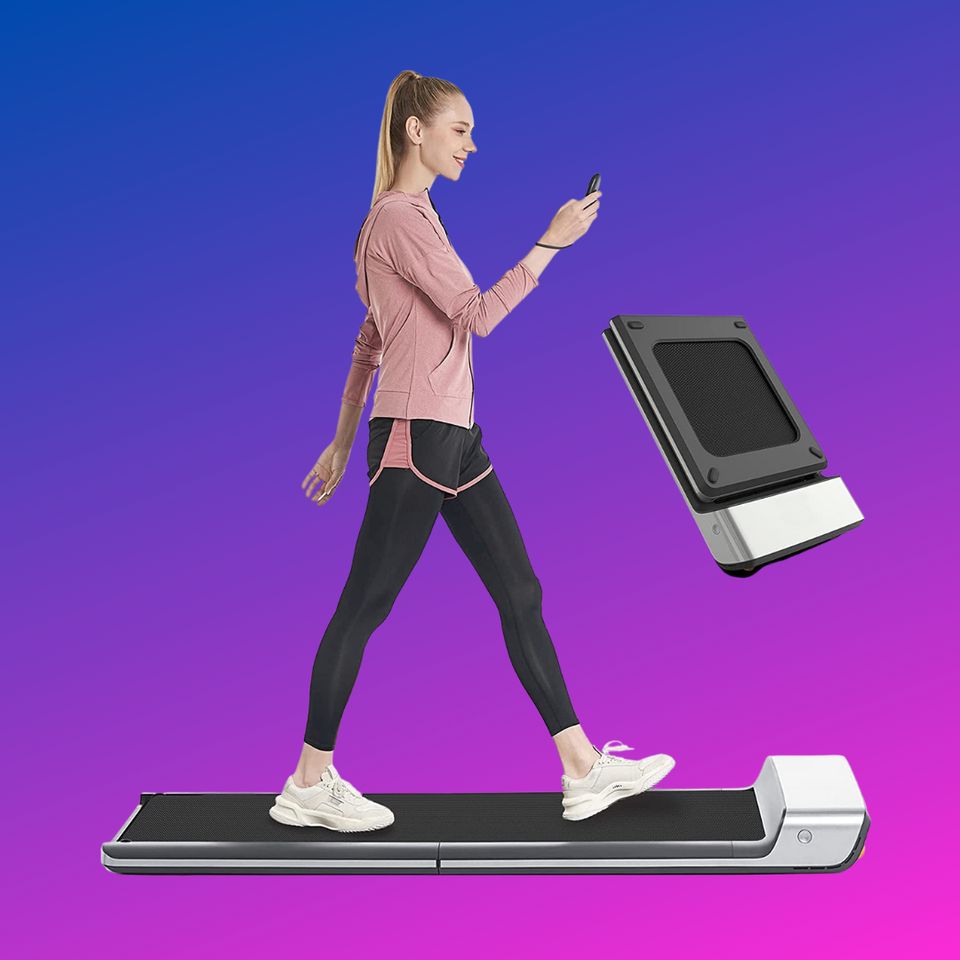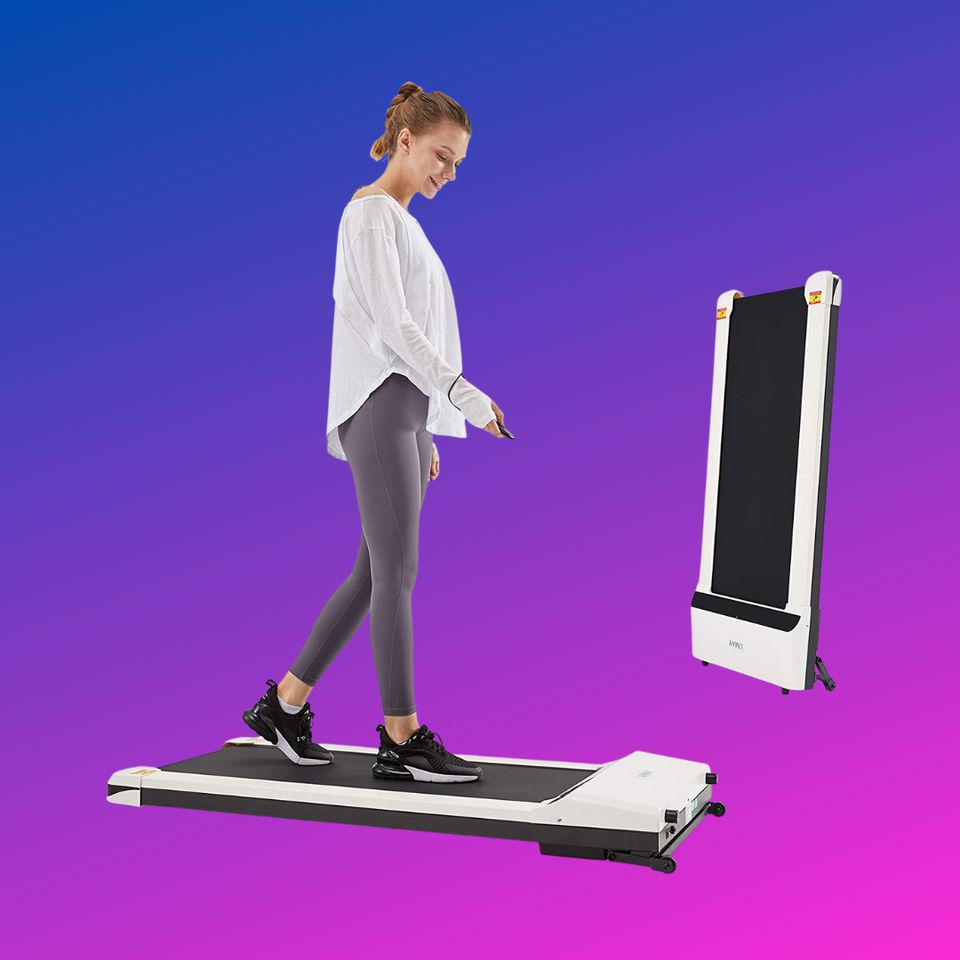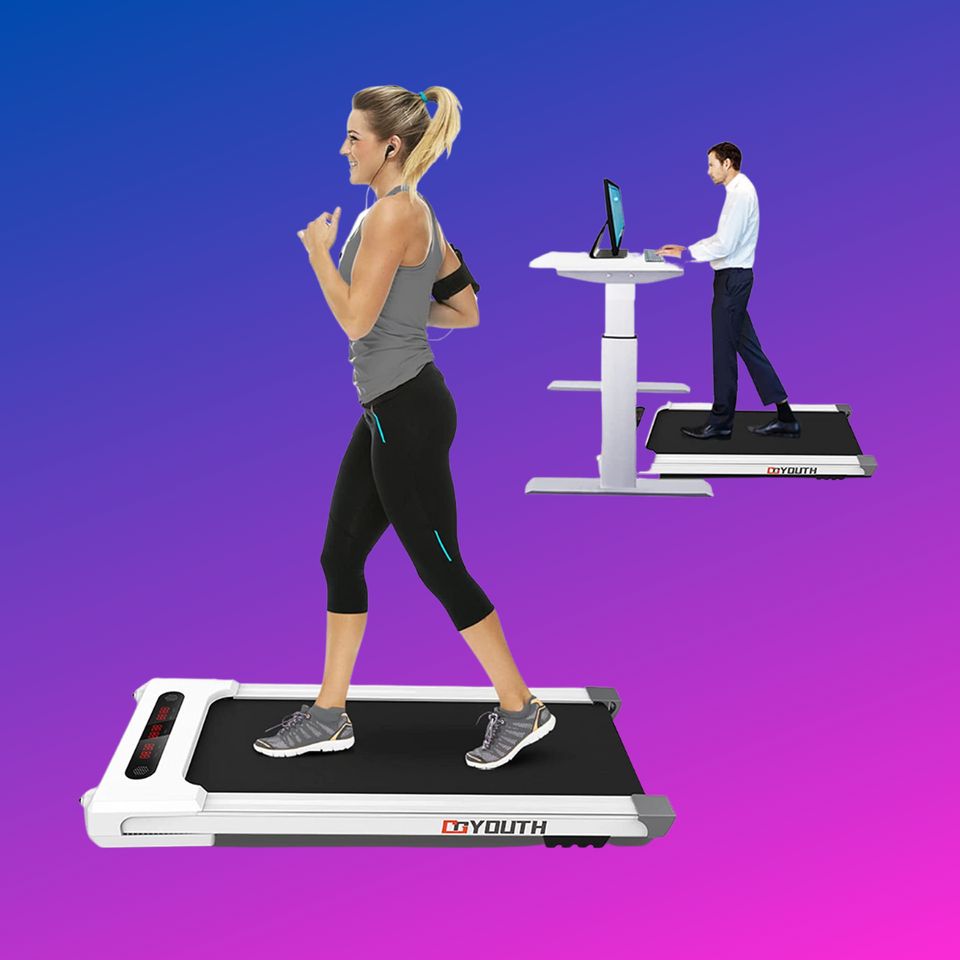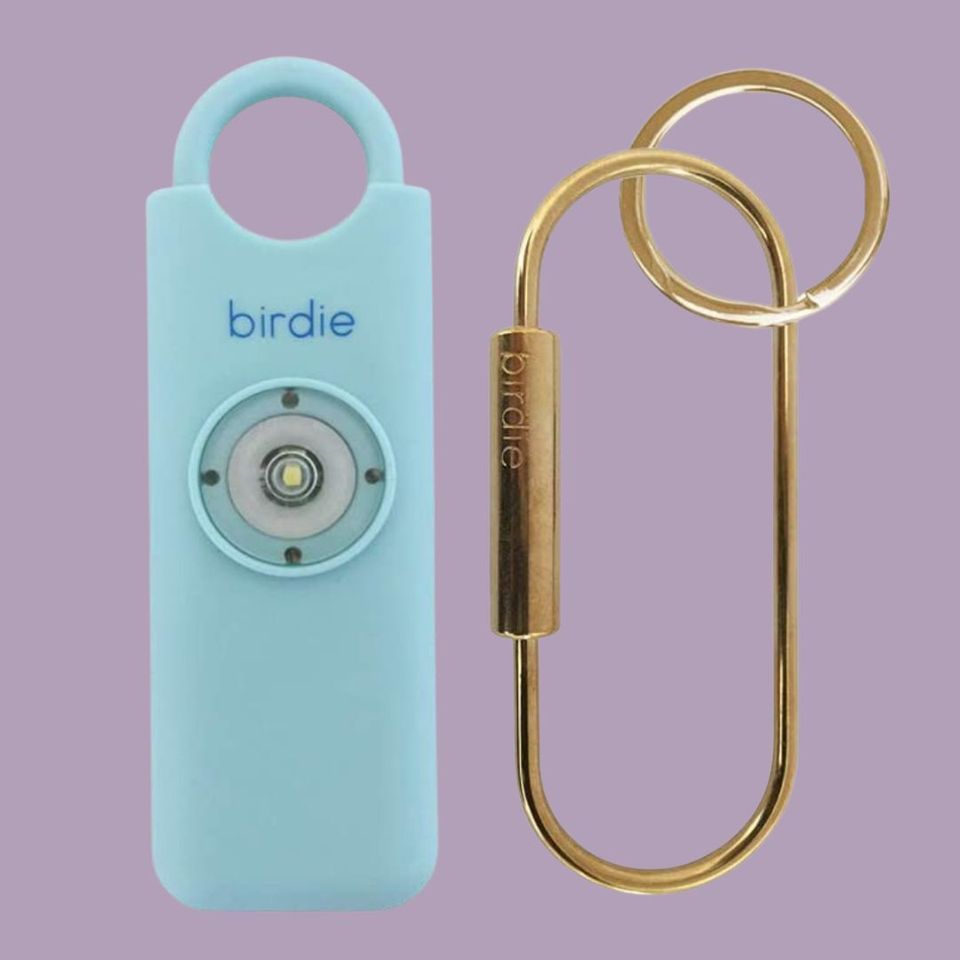Walking is cooler than ever, thanks in large part to the made-famous-by-TikTok Hot Girl Walk trend. Not only is it cool, but walking is also great for your mental health and your physical health.
There are even ways to make your walks more beneficial, whether that’s Nordic walking (a kind of walking that uses poles, similar to ski poles, to incorporate your upper body) or interval walking, which, according to Harvard Health, gets your heart rate up more than a regular walk.
An interval walk incorporates phases of fast and moderate walking to create a heart-pumping, challenging workout. You can mix and match the duration of each pace however you like, but generally the majority of the walk is done at a moderate pace with the quicker pace sprinkled throughout. It’s common to do this workout at a 2-to-1 ratio, meaning you walk at a moderate pace for double the amount of time of a fast pace (so, walk at a moderate pace for two minutes and follow it up with a faster one-minute walk), but it’s really up to you how you split it up.
During the moderate walking pace, you should be at about 30% to 40% of your maximum effort, said Kate Lemere, chief instructor at Barry’s Chicago. In other words, your walk should be at a pace that would allow you to hold a conversation.
During vigorous, fast intervals, she said, you’ll want to be around 70% of your maximum effort, a pace at which it should be more difficult to string together a complete sentence.
Interval walking is a way to add something different to your regular walk and can make it much more efficient.
Here, experts share all of the ways interval walking is good for your health.
It shortens the amount of time you need to exercise.
“What does interval training do for you? It cuts down the amount of time you have to exercise to get the same benefit,” said Dr. Michael Ayers, a sports cardiologist at UVA Health in Virginia.
For people with busy schedules, this is a huge benefit of incorporating fast-slow intervals into a walk — or incorporating any kind of high-intensity interval training into exercise, for that matter. When you mix vigorous exercise with moderate exercise, those short bursts of vigorous exercise get you the same benefits of a slower walk in less time, Ayers said.
In other words, all of the benefits of a moderate-intensity walk can be achieved faster when you add in some quick high-intensity intervals.
“Interval training definitely shortens the amount of exercise time that you have to do per week,” he added.
It creates an endorphin rush.
Ayers noted that, overall, one of the big reasons his patients like interval training is how it makes them feel afterward.
“There’s a big endorphin kick when you go into vigorous exercise,” he said. With an interval walk, as long as you reach a vigorous pace for 30 to 60 seconds at a time, you’ll get an endorphin kick.
You could do a five-minute moderately paced interval followed by a fast minute-long interval, or one minute of moderate walking followed by 30 seconds of power walking. As long as you break up your slower intervals with at least 30 seconds of vigorous walking, you’ll be on your way to that endorphin boost.
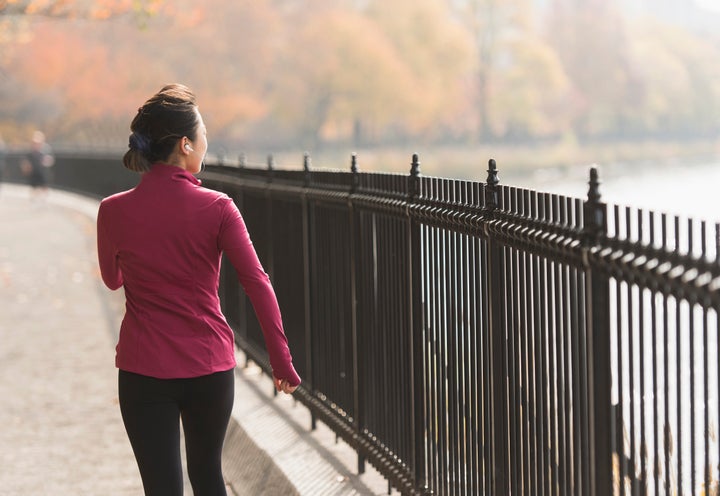
It builds endurance.
Walking may not be the first thing you think of when considering endurance-building workouts, but walking can actually build up your aerobic endurance, according to Dr. Tamanna Singh, a clinical cardiologist and co-director of the sports cardiology center at Cleveland Clinic in Ohio.
For someone who is really pushing themselves during a walk, especially if they aren’t used to bursts of vigorous exercise, that pace acceleration “may be enough to stimulate the aerobic and anaerobic system,” she added.
This will help you build up your aerobic endurance and sustain anaerobic levels of effort moving forward, Singh said.
Plus, interval training can help you reach endurance goals related to walking farther or walking faster.
″[The] best way to increase your [walking] speed is with interval training — increasing the duration of those faster intervals over time will help you be able to do that,” Singh said.
It’s a good workout for people who are getting back into exercise.
Interval walking can also be a great progression for those who are getting back into aerobic activity after an injury or pregnancy, said Lemere.
If you fall into one of these categories, you shouldn’t just jump right into the workout. First, make sure you’re able to walk at a sustained pace and recover without pain the next day, she said. And it’s always a good idea to check with your doctor before adding something new to a post-injury workout routine.
But if you are ready to take your walking to the next level, you can increase your exercise output by adding fast-slow intervals.
Interval walks are helpful for people coming off of an injury and hoping to get back into running, too.
“Incorporating walking intervals is one of the best ways not to only increase your cardio but also to progress if your goal involves running,” Lemere noted.
It can help you feel less bored during a workout.
Variety equals excitement in most scenarios, including workouts.
A 45-minute or hourlong walk can seem daunting (and can end up being kind of boring), but when you break that walk into chunks that incorporate quick walking followed by slower-paced walking, you can make the workout a little more exciting, Singh noted.
You can try walking at a moderate pace for 10 minutes and follow it up with a fast walk for five minutes and repeat that pattern until you hit your time goal. This, she added, is also a way to stay engaged during the workout, which is another huge benefit.
“Engagement is a huge component in making sure people can commit” to exercise, Singh said.
It’s not as hard on your body as a traditional run ...
When you’re not properly warming up and recovering, “running can be very painful and hard to recover from,” Lemere said.
Our bodies change with age, and running may not be something you can do anymore. That’s OK.
Interval walking is a good way to get in some brisk movement outdoors without putting all of that pressure on your joints.
But the cardiovascular benefits of walking at a sustained pace are largely the same.
Beyond the benefits above, interval walking has not proved to be any more beneficial than sustained walking when it comes to general health. You may be sweating a little more after a fast walk interval, but the overall health benefits aren’t actually going to be much different.
Walking of any sort is healthy, Ayers said. Across the board, walking increases muscular strength decreases the likelihood of diabetes, and also decreases blood pressure and cholesterol levels. It results in a lower risk of heart attack and stroke, too.
“At the end of the day, get moving [and] be very intentional about how you move your body,” Singh said. “That’s the cheapest, easiest way to stay healthy and reduce your cardiovascular risk.”
Want to get more steps in? A treadmill under your standing desk is one of our favorite ways:
HuffPost may receive a share from purchases made via links on this page. Every item is independently selected by the HuffPost Shopping team. Prices and availability are subject to change.

